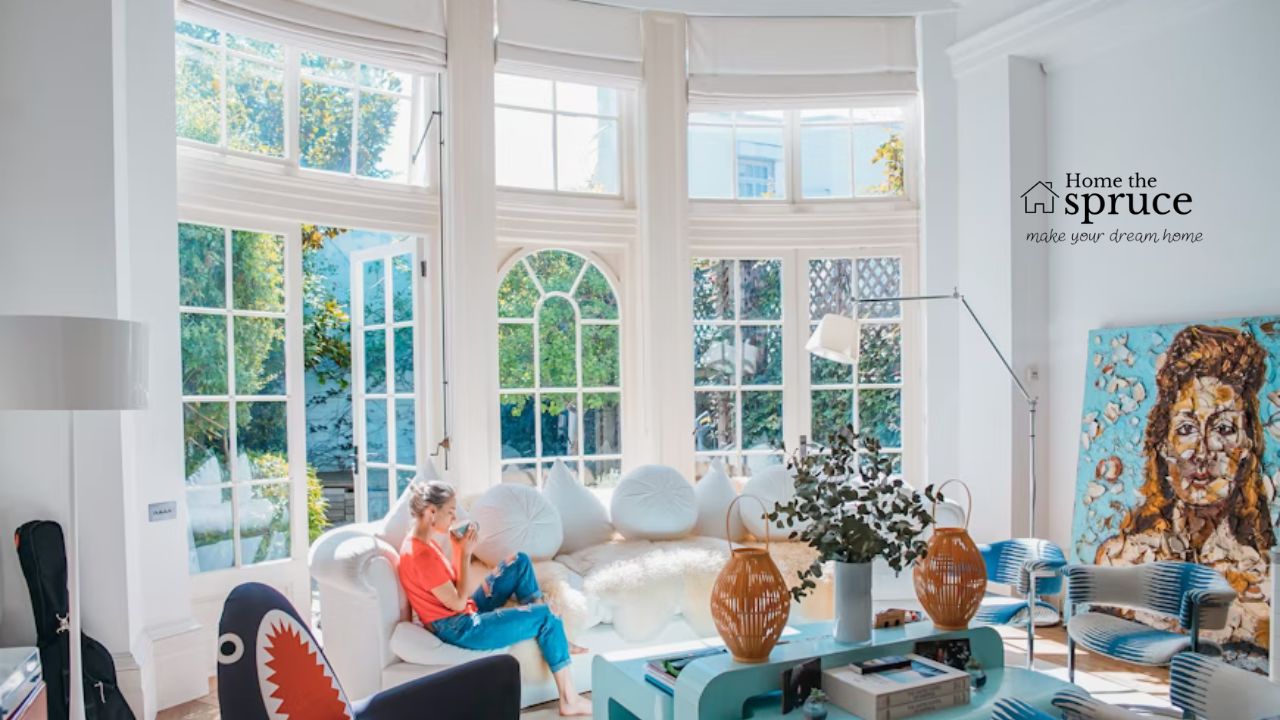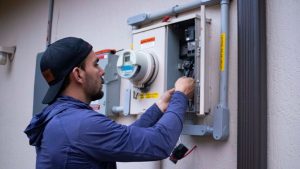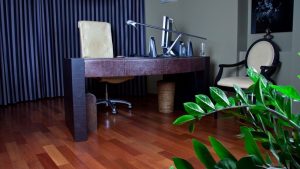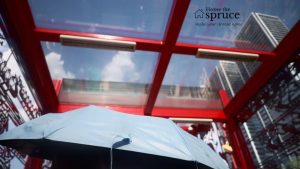As we approach retirement, many of us dream of staying in our beloved homes for as long as possible. Aging in place offers comfort, independence, and familiarity that can significantly enhance quality of life. However, the home that served you perfectly in your thirties may need thoughtful modifications to remain safe and functional as you age.
The key to successful aging in place lies in proactive planning and strategic home modifications. Rather than waiting until mobility issues arise, taking steps now can prevent future challenges and ensure a smoother transition into your golden years. These modifications don’t have to be extensive or expensive, but should address the most common challenges seniors face.
Bathroom Safety: Your First Line of Defense
The bathroom presents the highest risk for falls and injuries in the home, making it the most critical area to address. Wet surfaces, hard edges, and tight spaces create perfect conditions for accidents. Fortunately, simple modifications can transform your bathroom into a haven.
Installing grab bars in strategic locations is the most critical safety upgrade you can make. Place them near the toilet, inside and outside the shower, and along walls where you need support. Choose grab bars that support at least 250 pounds and have them professionally installed into wall studs.
Consider replacing your bathtub with a walk-in shower featuring a low-threshold entry. If a complete renovation isn’t in budget, a shower seat and handheld showerhead provide similar benefits. Non-slip flooring, improved lighting, and a comfort-height toilet further reduce risks.
Kitchen Accessibility: Maintaining Culinary Independence
The kitchen serves as the heart of most homes, and maintaining the ability to prepare meals safely is crucial for health and well-being. As we age, reaching high shelves, bending to access lower cabinets, and handling hot cookware can become challenging.
Reorganize kitchen storage to put frequently used items within easy reach, between waist and shoulder height. Install pull-out drawers in lower cabinets to eliminate deep bending. Add under-cabinet lighting to improve visibility and replace cabinet knobs with easy-to-grip handles.
A side-by-side refrigerator provides easier access to fresh and frozen foods without excessive bending. Induction cooktops offer precise temperature control and will automatically shut off when you remove cookware, reducing burn risks.
Stairways and Multi-Level Navigation
For homes with multiple levels, stairs can become a significant barrier as mobility changes with age. While some families convert main-floor spaces to accommodate daily activities, others prefer modifications that maintain access to upper levels.
Stair railings should be installed on both sides of any staircase, extending beyond the top and bottom steps for additional support. Ensure railings are at a comfortable height (typically 34-38 inches) and have a grip-friendly diameter. Improving stair lighting with motion-activated fixtures eliminates the risk of navigating stairs in poor lighting.
For those wanting to maintain access to multiple levels, stair lifts provide a safe alternative. Modern stair lifts are surprisingly compact — you can install them on most staircases, including those with curves. While this represents a larger investment, it can be significantly less expensive than moving to a new home.
Flooring and Lighting: Foundation Elements for Safety
The surfaces you walk on and your ability to see clearly throughout your home form the foundation of aging-in-place safety. Poor lighting and inappropriate flooring contribute to many fall-related injuries. Yet, these are often the easiest areas to address.
Replace high-maintenance flooring materials like high-gloss hardwood or smooth tile with options that provide better traction. Luxury vinyl plank flooring, textured tiles, or low-pile carpeting provide safer walking surfaces while remaining attractive and easy to clean. Remove or secure area rugs that can create tripping hazards.
Lighting improvements should focus on eliminating shadows and providing consistent illumination throughout your home. Install motion-activated lights in hallways, stairwells, and bathrooms for safe nighttime navigation. Consider replacing traditional light switches with rocker-style switches that are easier to operate.
Technology Integration: Modern Solutions for Aging Challenges
Today’s technology offers innovative solutions that enhance safety and independence for those aging in place. Smart home systems, medical alert devices, and automated features provide peace of mind while maintaining privacy.
Smart home technology can automate lighting, temperature control, and security systems, reducing manual adjustments. Voice-activated assistants help with medication reminders and calling family members, while smart doorbell systems allow communication with visitors without approaching the door.
Medical alert systems have evolved beyond traditional pendant devices. Modern systems detect falls automatically, provide GPS tracking, and connect you with emergency services instantly. Some integrate with smartphone apps, allowing family members to receive activity updates.
Budgeting for Home Modifications and Ongoing Maintenance
Aging in place modifications can range from simple $50 grab bar installations to major renovations costing thousands. Creating a realistic budget helps you prioritize the most critical safety upgrades while spreading costs over time. Start with essential safety modifications like bathroom grab bars and improved lighting, then tackle larger projects as your budget allows.
Many homeowners underestimate the ongoing maintenance costs associated with aging in place. As you grow older, tasks like gutter cleaning and roof repairs may require professional services rather than DIY approaches. Factor these changing needs into your long-term budget, along with potential future modifications.
Consider the broader financial picture when planning your aging-in-place strategy. Beyond home modifications, retirement planning should account for healthcare costs, potential care needs, and final expense insurance coverage to protect your family from unexpected financial burdens. This comprehensive approach ensures your home modifications support a sustainable, independent lifestyle.
Creating Your Safe Haven for the Future
Aging in place successfully requires thoughtful planning, strategic home modifications, and a comprehensive approach to the challenges of growing older. By focusing on bathroom safety, kitchen accessibility, stair navigation, and appropriate flooring and lighting, you can create an environment that supports independence and reduces injury risk.
The modifications discussed represent an investment in your future comfort and safety. While some changes require upfront costs, they’re minimal compared to expenses from injury recovery or assisted living. Start with critical safety improvements and gradually implement additional modifications as needs change. With proper planning, your home can remain your sanctuary for years to come.








